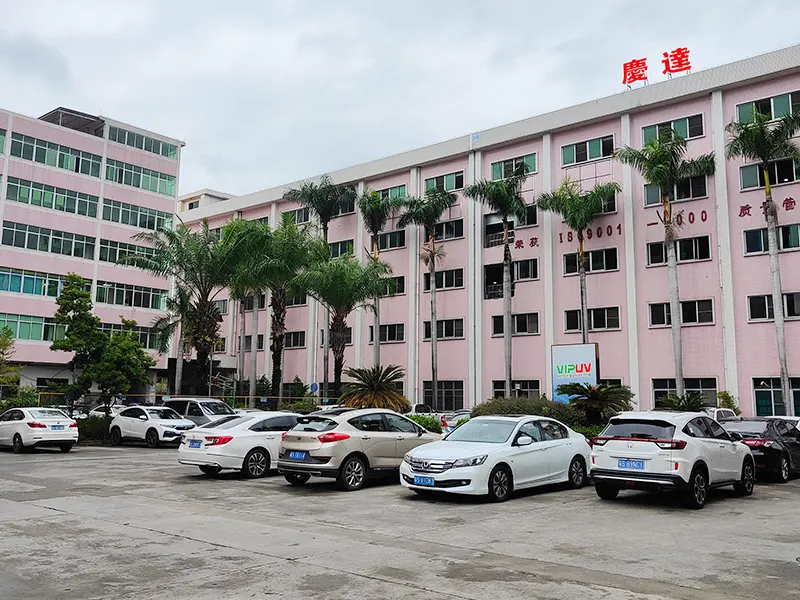Intelligent Construction Process for Printing Enterprises
Release date:
2018-08-07
1. Manage original data using ERP to form a basic data system
During the process of intelligent construction, great importance is attached to the construction and improvement of basic data. From customer order placement to order acceptance, production, warehousing, delivery, settlement, and payment, the entire process has been seamlessly integrated using the ERP system, improving data accuracy, authenticity, and timeliness.
2. Real-time collection of on-site data to achieve an automatic production data acquisition system
This has achieved closed-loop visualization control of the production process to reduce waste such as waiting time, inventory, and overproduction. Various methods, including automatic data acquisition, are used during production to track planned production progress in real time. The aim of automatic production data acquisition management is to control production, implement and execute production scheduling, track the status of work and workpieces in the workshop, and display product manufacturing tasks in real time on electronic kanbans in visible areas such as the production site and office.
3. Achieve an automated office system
To make daily office work more efficient, an automated office system has been implemented. This system is an automated platform that integrates business processes and approval processes with ERP according to needs, connecting the company's approval and business workflows to ultimately form a reporting system for management decision-making. The office system is also embedded in mobile terminal devices, allowing for anytime, anywhere mobile office work via mobile phones and tablets, and enabling efficient use of time through mobile applications.
4. Achieve an automatic production scheduling system
Production planning is a key challenge in the product manufacturing process. Improving the efficiency of planners and the accuracy of production plans is an important means of optimizing production processes and improving production management levels. Lihua Printing uses an automatic production scheduling system to manage the workshop's receipt of the main production plan, the current production status (capacity, production preparation, and work in progress), production preparation conditions (drawings, samples, PS plates, dies, molds, and materials), and project priority levels and planned completion time requirements. This system automatically generates production processing plans. After exchanging data with the automatic production data acquisition system, the results and exceptions are displayed on electronic information kanbans or mobile devices.
5. Achieve real-time docking of upstream and downstream industry information
In promoting intelligent construction methods, we not only focus on the intelligent construction within the company, but also encourage customers and suppliers to simultaneously implement intelligent construction. Through the open Lihua Printing large system, order, scheduling, and inventory information is exchanged with customers and suppliers. After comprehensive data analysis, orders and purchase orders are automatically generated. This move is of great significance, pioneering the development of intelligent construction from the factory level to the industry level.
Previous page
Previous page
Related news






